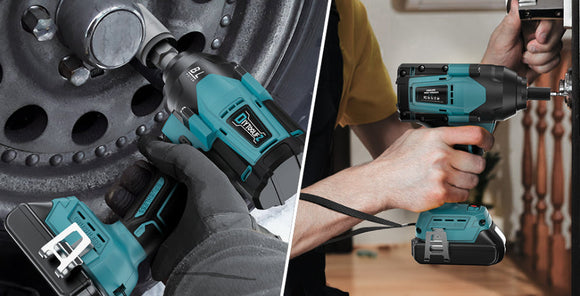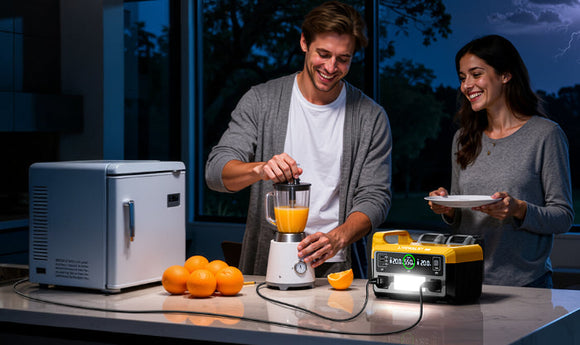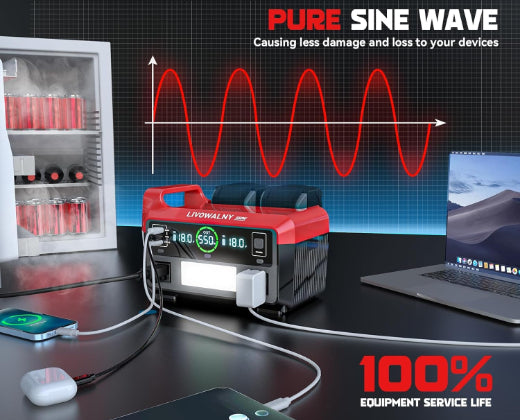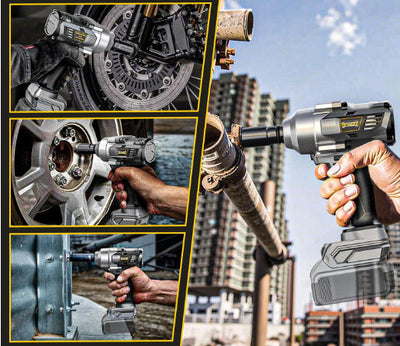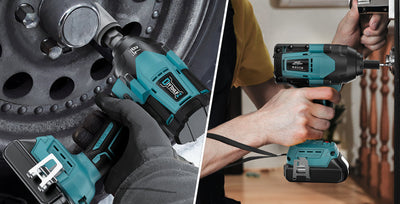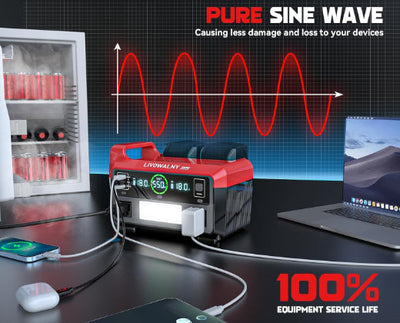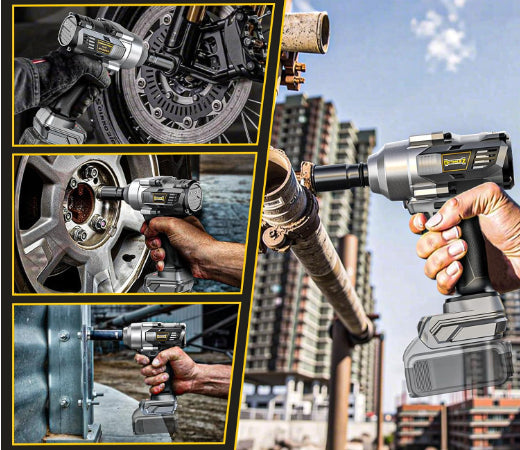
6 THINGS YOU SHOULD NEVER DO WITH AN CORDLESS IMPACT WRENCH
Impact wrenches are powerful tools that make loosening and tightening bolts fast and efficient. But with great power comes great responsibility. An impact wrench is a specialized tool, not a magic wand. Using it incorrectly can lead to broken tools, damaged projects, or even serious injury.
To keep you and your projects safe, here are the top six things you should never do with an cordless impact wrench.
1. Don't Use It for Tasks Requiring Precise Torque Control
Cordless impact wrenches deliver high torque in short bursts, which is great for loosening stubborn bolts but not for jobs that require precision. Using an impact wrench on fasteners that need exact torque can easily lead to: Overtightening, stripped threads and broken bolts. For these tasks, use a torque wrench to ensure accuracy.
2. Don't Use It for Drilling Holes
An impact wrench may look like a drill and accept drill bits, but it’s not designed for drilling. Its hammering rotational force can snap bits, create messy, inaccurate holes, and strain the tool. For drilling, use a drill or a rotary hammer drill instead.
3. Don't Use It with Damaged Sockets
Using cracked, worn, or low-quality sockets with an impact wrench is dangerous. Cordless impact wrenches generate high torque, and a damaged socket can shatter under pressure, causing injury or damaging your workpiece. Always use impact-rated sockets in good condition.
4. Don't Exceed the Recommended Torque Capacity
Every impact wrench has a torque limit, and exceeding it can burn out the motor, wear down gears, and waste time as the tool stalls. If you need to tackle big, rusted bolts often, use a higher-torque impact wrench; for occasional heavy jobs, start with a breaker bar instead.
5. Don't Use It on Fragile Materials
The brute force of an impact wrench is great for tough steel fasteners but destructive on softer materials. It can quickly strip threads in aluminum or brass and crack wood, plastic, or composites from overtightening. For delicate jobs, stick to a drill/driver or hand screwdriver where control matters more than power.
6. Don't Apply Side Pressure
Never press your body weight into an impact wrench or use it at extreme angles. The tool is built for rotational force, not side pressure, which can damage its internal parts, crack the housing, or cause the socket to slip off and cause injury. Always keep it straight on the fastener and, if extra leverage is needed, use a breaker bar before switching to the impact wrench.
Impact wrenches are amazing tools when used correctly, but misuse can lead to costly mistakes or injuries. Avoid these common pitfalls: don’t attempt precision torque jobs, drilling, or working with damaged sockets, fragile materials, or excessive sideways force. Respect the tool’s limits, and it will serve you reliably for years to come.
